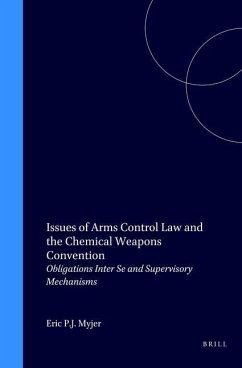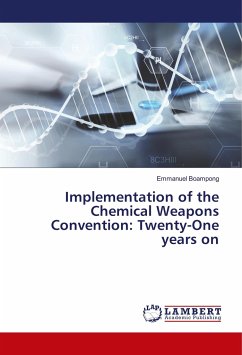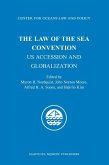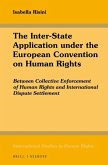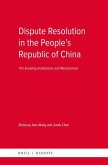The entry into force in 1997 of the Chemical Weapons Convention (CWC) symbolizes the coming of age of the law of arms control as a separate area of international law. It is not only the first treaty whereby a whole category of weapons of mass destruction, viz. chemical weapons, is completely banned, but it also puts into place a comprehensive compliance control system. For this purpose a specialized international organisation has been created with as its sole purpose the supervision of the commitments under this arms control treaty: the Organisation for the Prohibition of Chemical Weapons (OPCW) based in The Hague. Supervision under this Convention is an example of compliance management, which is cooperative rather than adversarial in character, in spite of the elaborate and intrusive inspection regime concerning not only the military component but also the civilian chemical industries worldwide. Thereby not only States Parties' military security concerns are taken care of, but also the concerns of the chemical industries with regard to the protection of confidential business information. In general, this volume aims to provide a better understanding of some of the special characteristics of arms control law. One part of this volume highlights the unique characteristics of the compliance control model by providing a detailed analysis of the CWC, the OPCW and of the specific supervisory functions. The obligations of the signatories to the CWC are discussed in the other part. Although an important topic of general international law, clarity as to the obligations of Signatory States appears to be of special importance in the case of arms control treaties, for, given their security interests, it is crucial for States that at a minimum a status quo between all the signatories is maintained. The main contributions are complemented by shorter comments on various aspects of the topics dealt with. The articles are all written by specialists in the field - academic and practitioners- making this book a valuable source for academics, diplomats, (international) civil servants, and practitioners involved in the work of the OPCW, arms control (law) or general international law.

